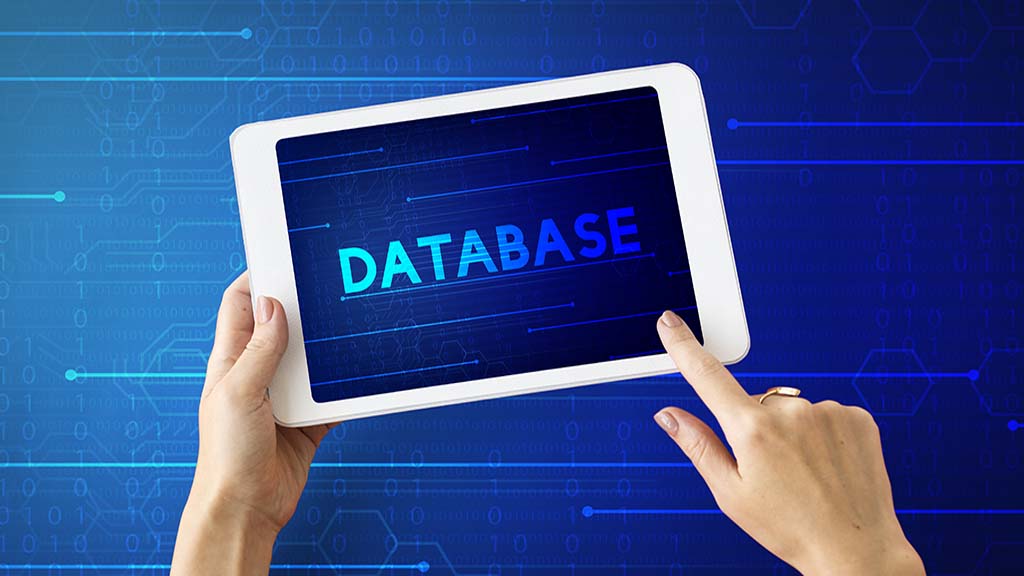
Everything You Need to Know about Database development
If you’re reading this article, chances are you’re interested in database development. Whether you’re a seasoned developer or just starting out, this article will provide you with everything you need to know about database development, including its importance, the different types of databases, how to choose the right database for your needs, and best practices for developing and maintaining a database. So, let’s get started!
Introduction to Database Development
Before diving into the details, let’s first understand what database development is. In simple terms, database development involves creating, designing, implementing, and maintaining a database that stores and manages data. A database is a collection of data that is organized and structured in a way that allows for easy retrieval, manipulation, and analysis.
The Importance of Database Development
Effective database development is critical for the success of any organization. Databases are used to store and manage important data such as customer information, financial records, and inventory. Without a well-designed and maintained database, data can be lost or corrupted, resulting in significant financial and operational losses.
Types of Databases

There are several types of databases available, each with its own unique features and benefits. Here are some of the most common types of databases:
Relational Databases
Relational databases are the most popular type of database used today. They store data in tables with rows and columns and use SQL (Structured Query Language) to retrieve and manipulate data.
NoSQL Databases
NoSQL databases are non-relational databases that store data in various formats such as key-value pairs, document-based, or graph-based models. They are often used for storing unstructured data.
Object-Oriented Databases
Object-oriented databases store data in objects rather than tables, making them ideal for object-oriented programming languages such as Java or C++.
Cloud Databases
Cloud databases are databases that are hosted on cloud servers, allowing for easy scalability and accessibility from anywhere with an internet connection.
How to Choose the Right Database
Choosing the right database for your needs can be a daunting task. Here are some factors to consider when choosing a database:
Data Structure
Consider the structure of your data and choose a database that can handle it effectively.
Scalability
Consider the potential growth of your data and choose a database that can scale easily.
Performance
Consider the speed and performance of the database and choose one that can handle your workload.
Security
Consider the security features of the database, such as encryption and access controls, and choose one that can meet your security needs.
Best Practices for Database Development
Effective database development requires careful planning and attention to detail. Here are some best practices to keep in mind when developing and maintaining a database:
Plan Ahead
Before developing a database, plan out the structure, relationships, and data types to ensure efficient and effective data storage and retrieval.
Use Consistent Naming Conventions
Use consistent naming conventions for tables, columns, and relationships to ensure easy understanding and maintenance of the database.
Optimize for Performance
Optimize the database for performance by indexing frequently queried data, avoiding expensive queries, and using efficient data types.
Regular Maintenance
Regularly maintain the database by backing up data, monitoring performance, and performing routine updates and patches.
Conclusion
Database development is an essential aspect of modern business and technology. Choosing the right database and implementing best practices for development and maintenance can ensure the efficient and effective management of data. By following the guidelines outlined in this article, you can develop and maintain a database that will serve your organization’s needs for years to come.
FAQs

1. What is database development?
Database development is the process of creating, designing, implementing, and maintaining a database. The goal of database development is to ensure that data is stored in a way that allows for easy retrieval, manipulation, and analysis.
2. Why is database development important?
Effective database development is essential for the success of any organization. Databases are used to store and manage important data such as customer information, financial records, and inventory. Without a well-designed and maintained database, data can be lost or corrupted, resulting in significant financial and operational losses.
3. What are the different types of databases?
There are several types of databases available, including:
- Relational databases
- NoSQL databases
- Object-oriented databases
- Cloud databases
Each type has its own unique features and benefits, and the right type of database for your needs depends on various factors such as data structure, scalability, performance, and security.
4. How do I choose the right database for my needs?
When choosing a database, consider the structure of your data, potential growth, performance requirements, and security needs. It’s also important to consider the database’s scalability and the ease of use and maintenance.






